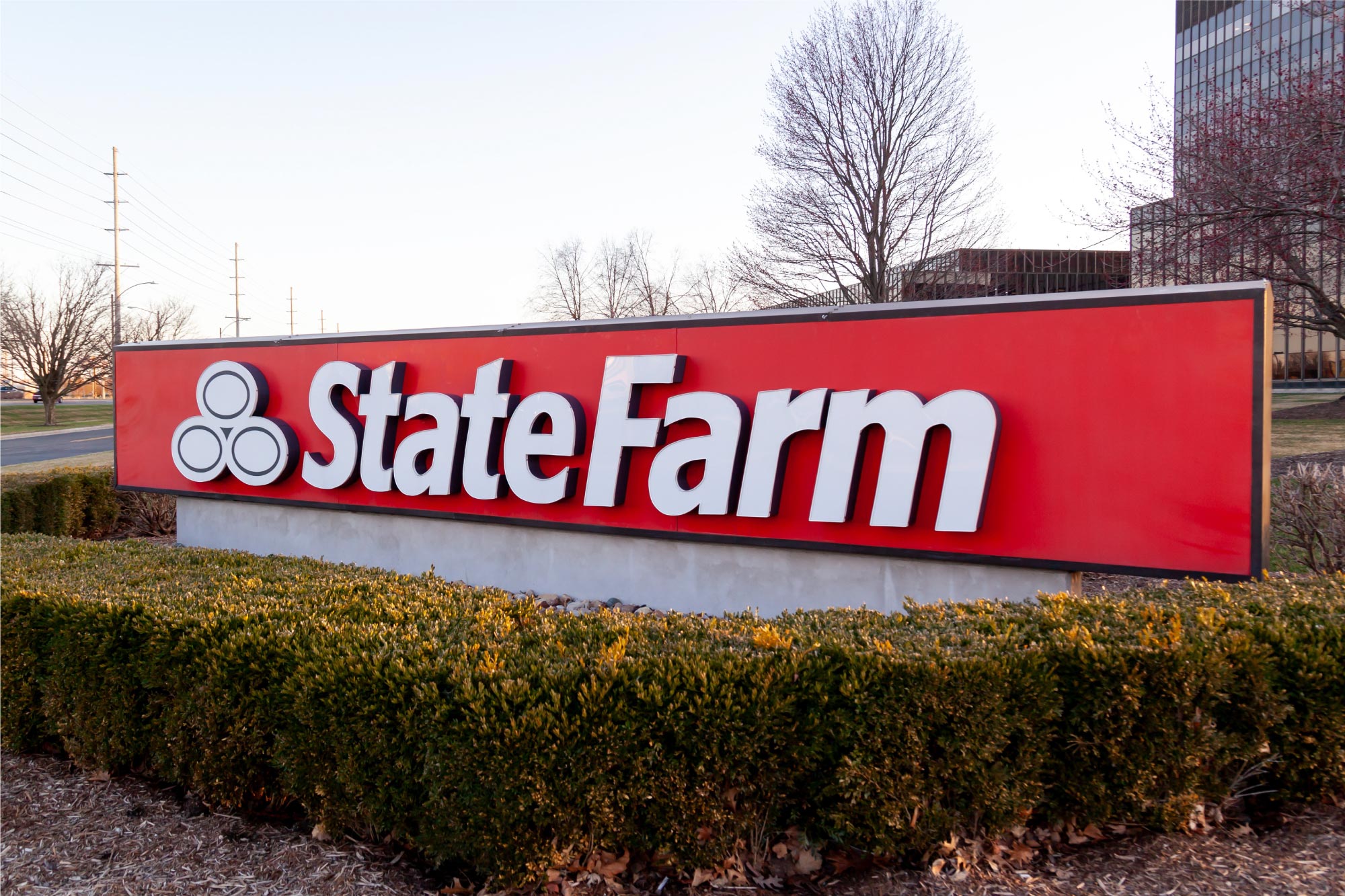5 Ways to Build Wealth With a 1031 Exchange DST

Internal Revenue Code section 1031, which establishes the transaction structure referred to as a 1031 Exchange, is one of the most advantageous sections of the US tax code. A 1031 Exchange allows for the deferral of taxes when investment property is sold in conjunction with the purchase of another replacement property. The tax savings alone is reason enough to justify a 1031 Exchange — but there are secondary benefits that can often be even more valuable.
As a wealth-building tool, a 1031 Exchange gives investors access to a property’s appreciation to increase buying power without a tax penalty. Armed with more buying power, investors can purchase quality assets, expand their portfolio, diversify into new property types, and even adopt a new ownership strategy.
The ability to defer capital gains tax over a lifetime of real estate transactions enables you to methodically build wealth for yourself and pass on that wealth to your heirs – who may ultimately pay minimal tax or no tax on the stepped-up cost basis.
1031 Exchanges
Under Section 1031 of the tax code, investors can complete a “like-kind” exchange to defer payment of capital gains taxes on the sale of investment property when the proceeds from the sale are used to purchase a new investment property. The IRS has a broad definition of like-kind. In this case, like-kind is defined as real property held for business or investment purposes. The broad scope gives investors the flexibility to exchange investment property into most other real estate investments, even if the replacement property is of a different property type, quality, or location.
The IRS has strict deadlines for the exchange transaction. First, investors must declare their intent of performing a 1031 Exchange before the close of their sale by opening an Exchange with a Qualified Intermediary. Additionally, the exchanger must identify potential replacement property within 45 days from the sale of the relinquished property. Finally, the purchase of the replacement property must be completed within 180 days from the sale.
The IRS does not limit the number of 1031 Exchange transactions an investor can perform, allowing investors to defer capital gains taxes in perpetuity. Investment property owners will only pay capital gains taxes when a gain has been realized, meaning the investor has pocketed the proceeds from the sale.
5 Ways to Build Wealth With a 1031 Exchange DST
Many real estate investors use 1031 Exchanges for reasons beyond tax savings. Exchanges allow investors to change their investment strategy and respond to new market fundamentals, trends, and demand drivers. Here are five ways a 1031 Exchange can help grow your portfolio and build wealth:
1. Defer Capital Gains Tax to Maximize ROI Equity
Deferral of taxes is the most significant financial benefit of a 1031 Exchange transaction. Capital gains taxes have the potential to reduce sales proceeds significantly. Currently, The Federal long-term capital gains tax rate is 15% for investors with an annual income (including the gain associated with the sale) of $40,000 to $441,450 and 20% for investors with an annual income above $441,451. Also due on sales is the often-overlooked Federal depreciation recapture tax of 25%. Lastly, many sales will also be subject to the 3.8% Net Investment Income Tax.
Most states also charge a capital gains tax or apply their ordinary income tax rate to the gain and accumulated depreciation. For example, California investors can pay as much as 13.3% in additional state tax. Other states such as New Jersey, Oregon, and Hawaii also have high tax rates above 10%. This means you could pay up to 42.1% in capital gains taxes on the sale of an investment property. However, by utilizing a 1031 Exchange, you can defer these taxes and roll the deferred tax into purchasing another investment property, increasing your buying power and thus the cash flow generated from the replacement property.
2. Build Wealth by Increasing Buying Power
A 1031 Exchange transaction gives investors access to their properties’ appreciation while deferring taxes, thus increasing buying power. Exchange proceeds can be leveraged to purchase more significant properties, higher-quality properties, and properties located in desirable markets with the potential for improved returns. The transaction has the potential to both increase income on the investment as well as the value of an investor’s property holdings. It also gives investors the ability to gain exposure to properties that will decrease the risk profile of a portfolio.
3. Diversify Holdings to Reduce Risk
Like-kind exchanges allow investors to purchase any real estate held for business or investment purposes, even if the replacement property is a different property type than that which was sold and exchanged. For example, investors can exchange from multifamily property to office or retail property to industrial. The broad definition of “like-kind” is especially useful for investors looking to diversify their portfolio or maneuver an investment strategy to gain exposure to a growing market. For example, an investor might sell a retail asset and exchange it for an industrial property to respond to the increasing trend toward e-commerce, or an investor with an office portfolio might exchange into multifamily and retail assets to diversify their portfolio and mitigate risk. Diversification is especially important following the pandemic, which was a catalyst for significant changes to real estate. In addition, with uncertainty in the market, prudent investors often hedge against potential downside through diversification.
4. Consider New Investment Strategies
Generally, real estate investors purchase assets through a fee-simple ownership structure in which a single investor has complete ownership or control of a property. Fee-simple ownership means that all the benefits of ownership and all the challenges—such as asset management, property management, and repair costs— are the owner’s responsibility. Investors looking to reduce daily management responsibilities might consider exchanging fee-simple property for Delaware Statutory Trust property. The Delaware Statutory Trust ownership structure allows investors to purchase fractional ownership of a large institutional quality real estate asset or portfolio of properties and receive a pro-rata share of the income related to the ownership interest. The ownership structure qualifies as like-kind property for a 1031 Exchange. It gives real estate investors the freedom to exit the day-to-day responsibilities of property ownership while simultaneously deferring the taxes that would otherwise be due. DSTs aggregate investment capital to own large institutional-grade assets; thus, investors gain exposure to premium assets they would otherwise not be able to afford on their own.
The benefits of a 1031 Exchange are many. From deferring capital gains taxes to making strategic adjustments to a portfolio, an exchange transaction is perhaps the most important tool available to a real estate investor.
5. Build Generational Wealth by Eliminating Tax for Beneficiaries
Another benefit of a 1031 Exchange, including ownership of Delaware Statutory Trust properties, is that it allows for a “step-up in basis” upon the passing of an owner, which eliminates the deferred capital gains, depreciation recapture, Net Investment Income Tax, and state-level taxes on inherited property. A “step-up in basis” refers to the IRS’s elimination of deferred taxes upon the death of an owner. In “community property” states, a surviving spouse receives a full step-up in basis, as do beneficiaries such as children or grandchildren when inheriting property.
From an estate planning standpoint, 1031 Delaware Statutory Trusts (DSTs) are a particularly attractive solution. They can be seamlessly divided among beneficiaries without forcing a co-management situation – whether that be family, charities, or any other beneficiaries. Furthermore, because DSTs are considered illiquid and owned as a non-controlling interest, an investor’s CPA can discount DSTs when calculating total estate value upon death. It is not uncommon to see discounts ranging from 20%-30% for estate valuations. The discount reduces the overall estate value to calculate estate tax that may otherwise be due.
The Bottom Line
1031 Exchanges are a very effective tool for real estate investors looking to transition their properties into replacement property that is more consistent with their financial and lifestyle objectives. Additionally, DST real estate has become increasingly popular because of their benefits and provide investors with flexible options to help address an owner’s objectives. If you are considering a 1031 Exchange and would like to learn more about 1031 DST replacement property, contact Real Estate Transition Solutions and speak to one of our licensed 1031 Exchange Advisors. Call us at 888-744-9839.








